Airport security lines can turn a smooth travel day into a stress-filled nightmare, especially when you’re running late or dealing with crowds during peak travel times. Nobody enjoys standing in endless lines while watching the clock tick away precious minutes before their flight. The good news is that getting through security faster isn’t just about luck or timing.
Most delays happen because travelers aren’t prepared for what security checkpoints require. Here is a list of 19 proven strategies that’ll help you breeze through airport security and get to your gate with time to spare.
TSA PreCheck
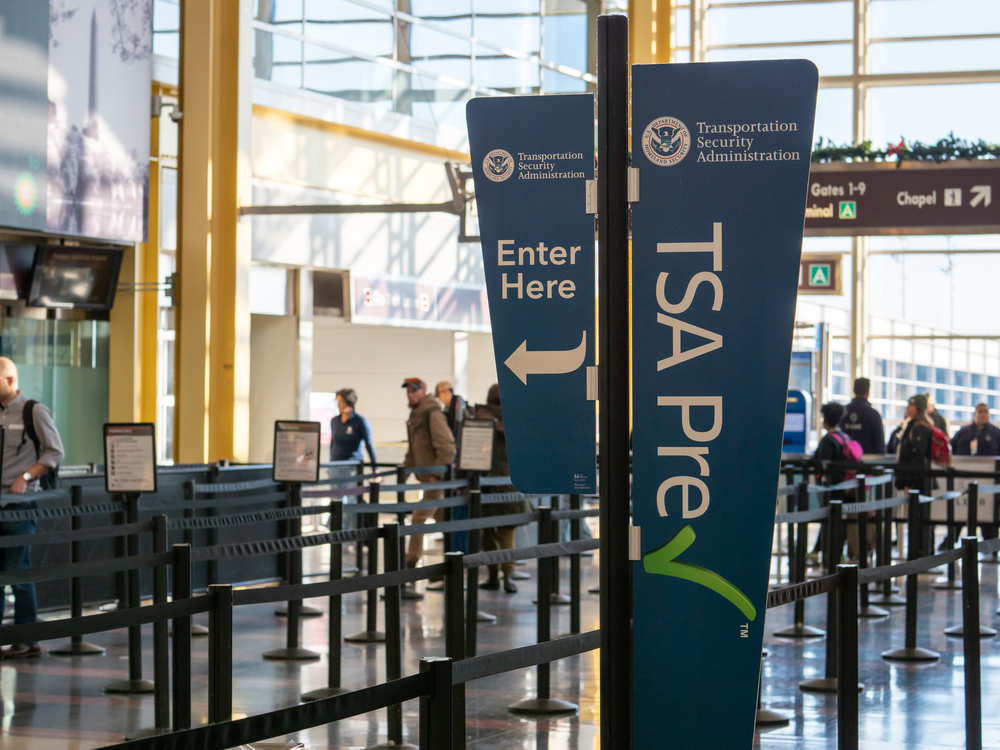
This program is probably the best investment any frequent traveler can make. TSA PreCheck costs $78 for five years. It allows you keep shoes, belts, and light jackets on while going through security. You’ll also get to use shorter, dedicated lines that move much faster than regular security checkpoints.
Clear Membership

Clear uses biometric technology to instantly verify your identity, allowing you to skip the document check portion of security. The service costs about $189 per year but can save you significant time at major airports. Think of it as paying to cut to the front of the line legally.
Like Travel Pug’s content? Follow us on MSN.
Global Entry Program

While Global Entry focuses mainly on customs when returning from international trips, it automatically includes TSA PreCheck benefits for domestic travel. The program costs $100 for five years and requires an interview, but you get both faster security and customs processing. It’s like getting two services for the price of one and a half.
Wear Slip-On Shoes
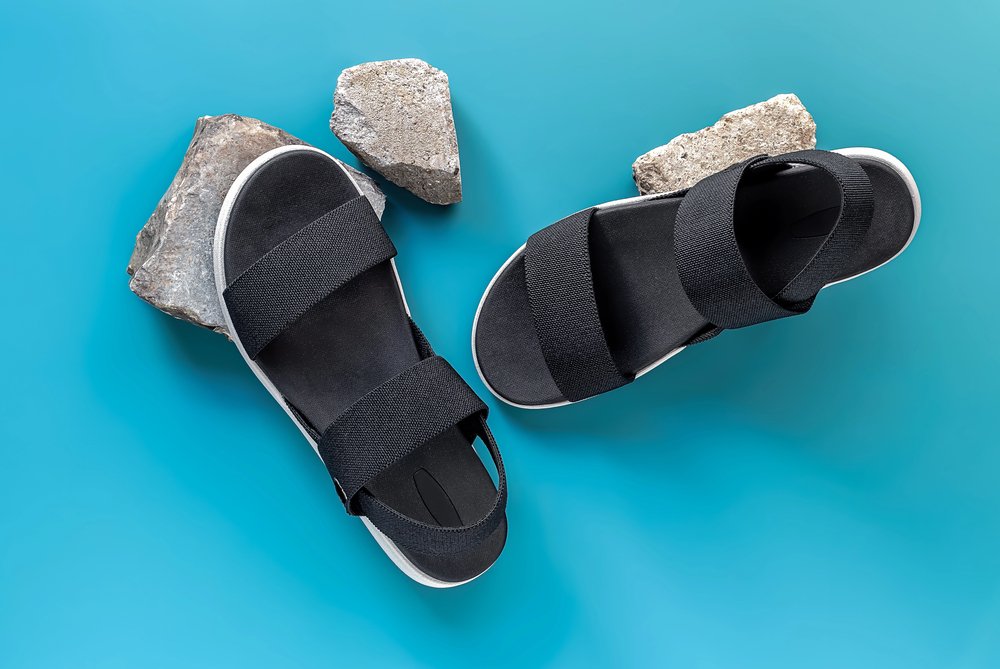
Unless you have TSA PreCheck, you’ll need to remove your shoes at security checkpoints. Slip-on shoes or sneakers with easy-to-remove laces will save you precious seconds compared to boots with multiple buckles or high-top sneakers. Your fellow travelers will appreciate not waiting behind you while you wrestle with complicated footwear.
Skip the Belt
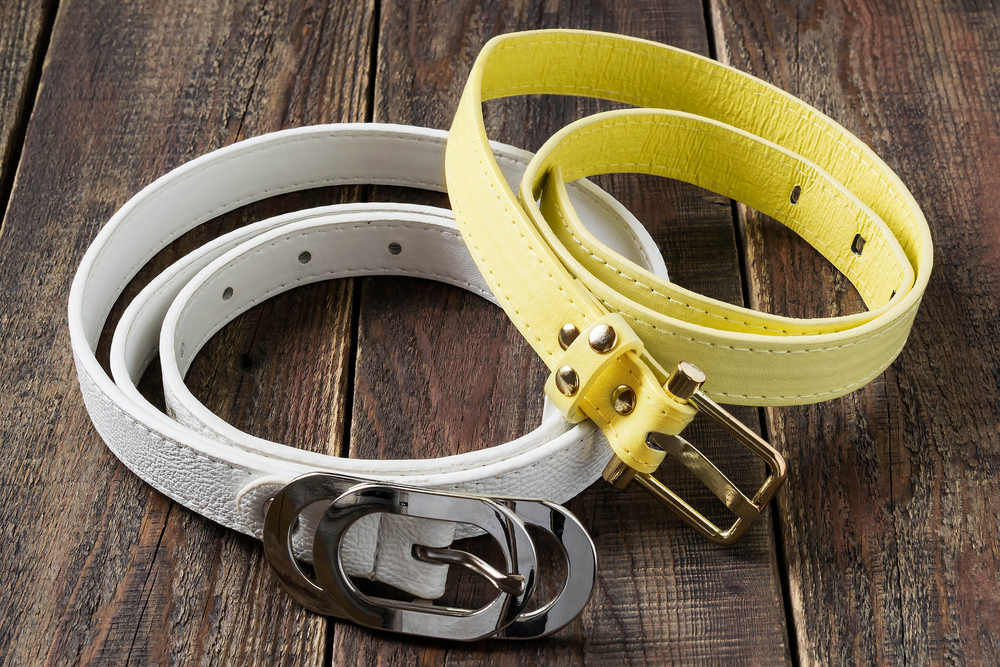
Metal belts almost always trigger security scanners, which means additional screening and delays. Choose pants that fit well without a belt, or wear a fabric belt that won’t set off metal detectors. This small wardrobe choice can prevent you from holding up the entire line while security agents wave their wands around your waist.
Like Travel Pug’s content? Follow us on MSN.
Pack Smart Carry-Ons
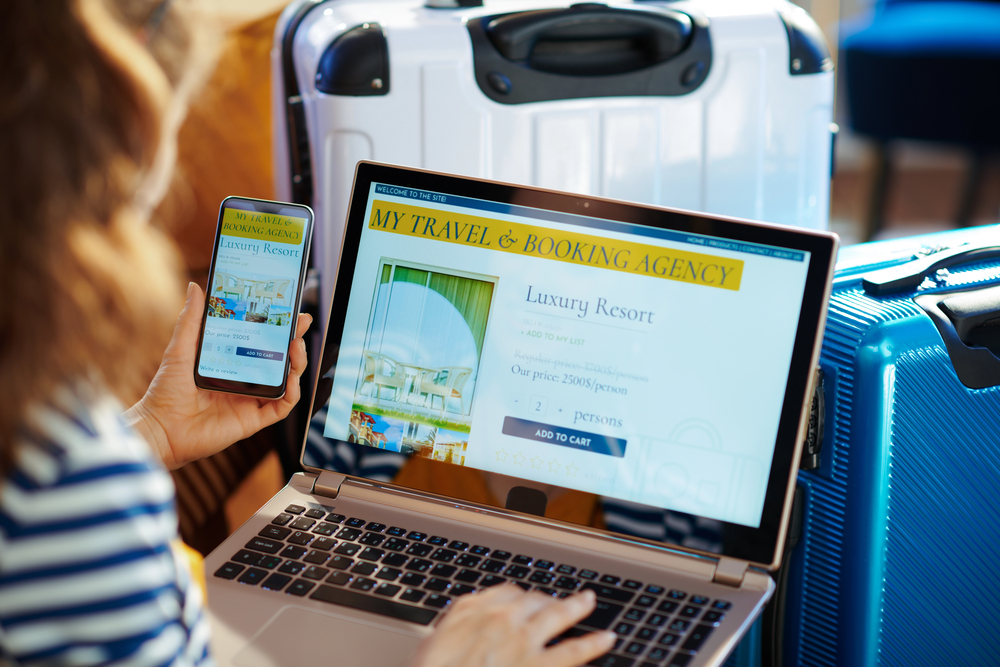
Electronics larger than a smartphone need to come out of your bag, so pack them in easily accessible outer pockets. Avoid cramming everything into one compartment where you’ll need to dig around while everyone waits. Organize your bag like you’re packing for a quick inspection, because that’s exactly what’s going to happen.
Travel During Off-Peak Hours

Early morning flights before 8 AM and late evening departures after 8 PM typically have shorter security lines. Business travelers usually prefer mid-morning and early evening flights, which creates predictable crowd patterns. If your schedule allows flexibility, choosing less popular flight times can cut your security wait from 45 minutes to 15 minutes.
Use Mobile Boarding Passes
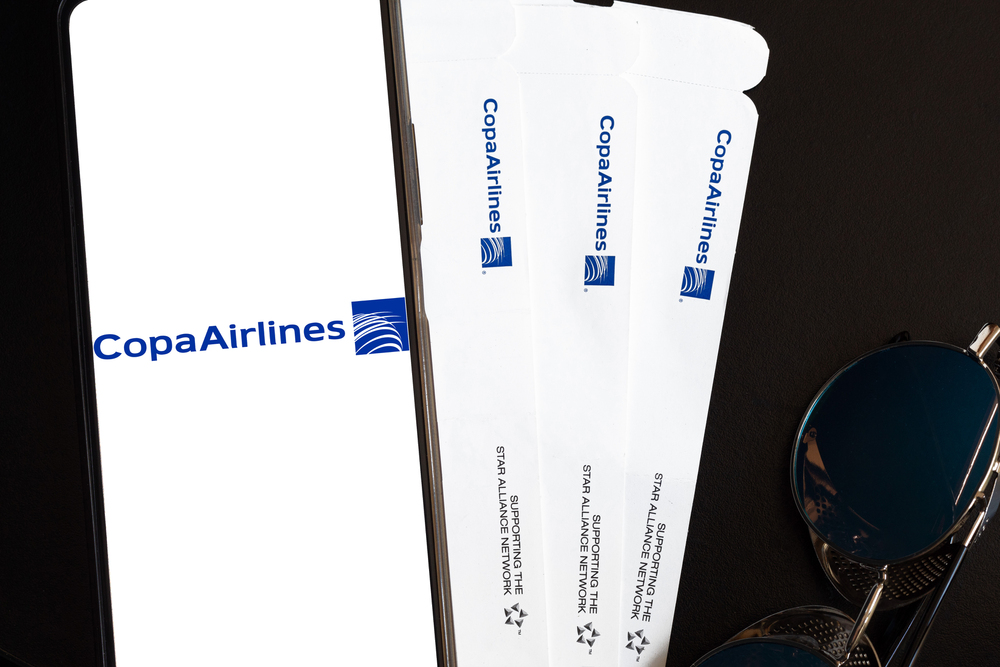
Paper boarding passes are fine, but mobile passes on your phone are faster and eliminate the risk of losing important documents. Most airlines let you save passes to your phone’s wallet app, which works even without an internet connection. Plus, you’ll have one less piece of paper to keep track of while juggling your belongings through security.
Like Travel Pug’s content? Follow us on MSN.
Master the 3-1-1 Liquids Rule
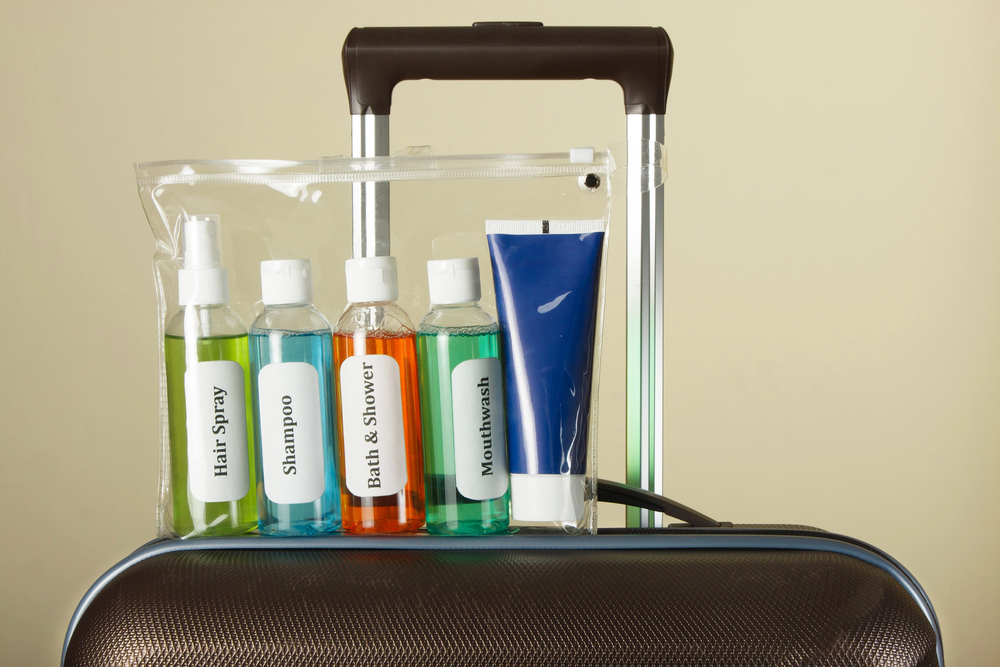
All liquids must fit in containers of 3.4 ounces or less, packed in a single quart-sized clear bag, with one bag per passenger. Pack this bag at the top of your carry-on where you can grab it quickly. Many delays happen because travelers forget about that large shampoo bottle buried deep in their luggage.
Choose Your Security Line Wisely
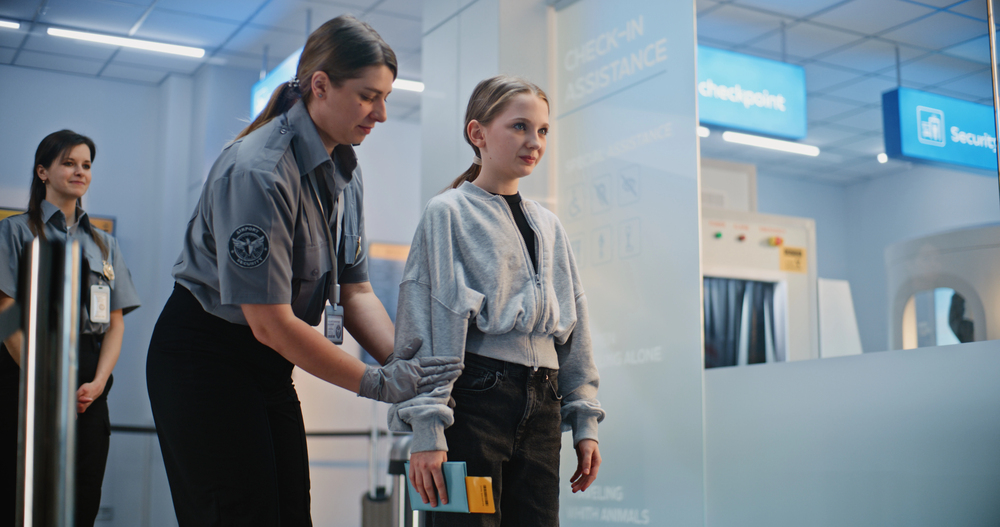
Look for lines with experienced travelers rather than families with small children or groups that seem unfamiliar with security procedures. Business travelers in suits usually move through security efficiently because they do this routine regularly. Avoid lines where you see people pulling out large electronics or struggling with overpacked bags.
Empty Your Pockets Completely
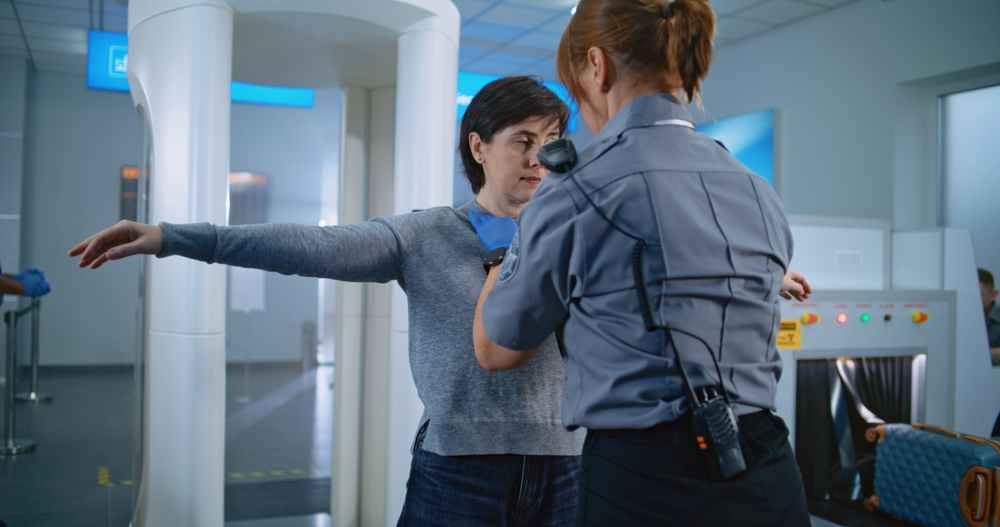
Even small items like coins, keys, or receipts can trigger additional screening if left in pockets. Put everything in your carry-on bag or the plastic bins before going through the scanner. Security agents would rather have you empty your pockets twice than deal with alarms and manual pat-downs that slow down the entire process.
Like Travel Pug’s content? Follow us on MSN.
Avoid Excessive Metal Jewelry

Large belt buckles, chunky watches, and multiple rings will likely set off metal detectors. Either pack these items in your carry-on or choose simpler accessories for travel days. The goal is to walk through security scanners without triggering any alarms that require additional screening.
Know Prohibited Items Rules
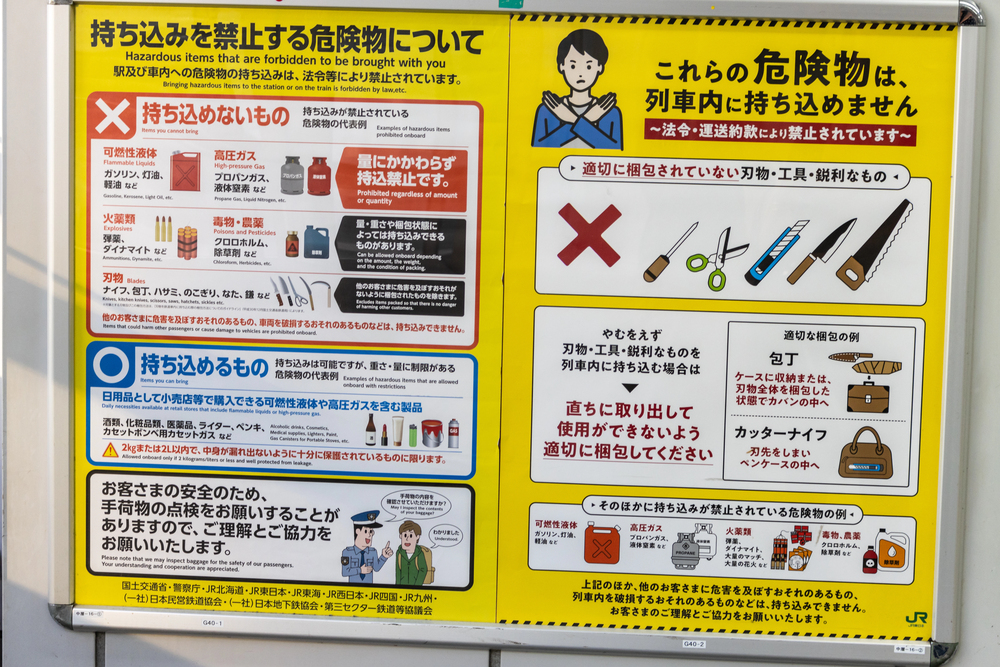
Check the TSA website before packing to avoid surprises at security checkpoints. Items like large scissors, certain tools, or oversized toiletries will need to be thrown away or checked in your luggage. Nothing slows down security lines like someone arguing about whether their pocket knife counts as a prohibited item.
Use Plastic Bins Efficiently

Take only as many bins as you need, and don’t hog them while you slowly organize your belongings. Put shoes in one bin, electronics in another, and your liquids bag in a third if necessary. Other travelers are waiting to use those bins, so work quickly and considerately.
Like Travel Pug’s content? Follow us on MSN.
Keep Documents Ready
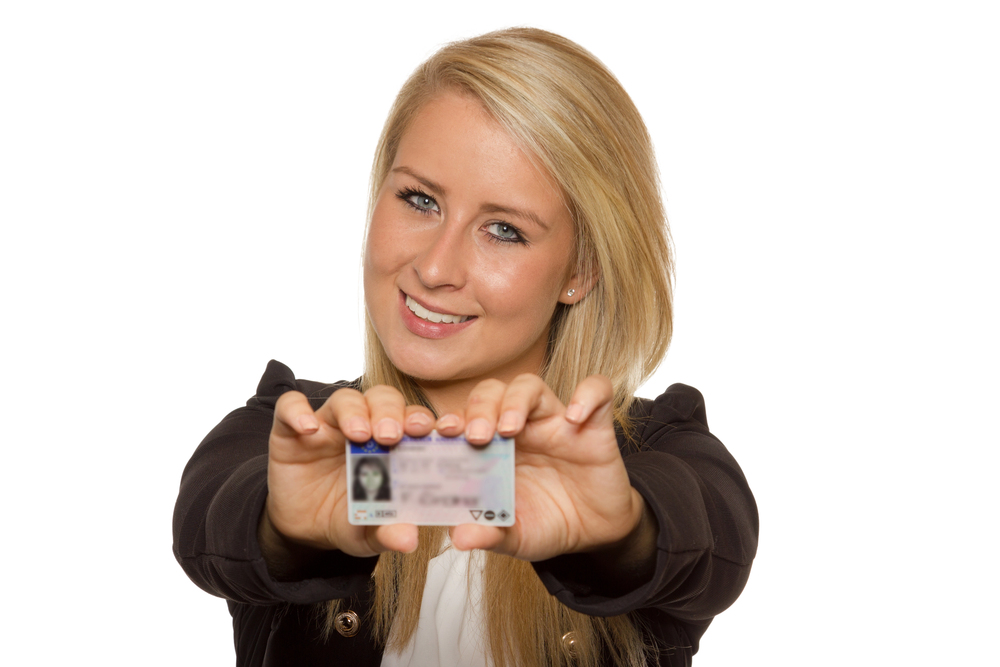
Have your ID and boarding pass easily accessible before you reach the document check station. Don’t wait until you’re at the front of the line to start digging through your purse or wallet. Security agents appreciate travelers who are prepared and ready to move through the process smoothly.
Choose Faster Airport Terminals
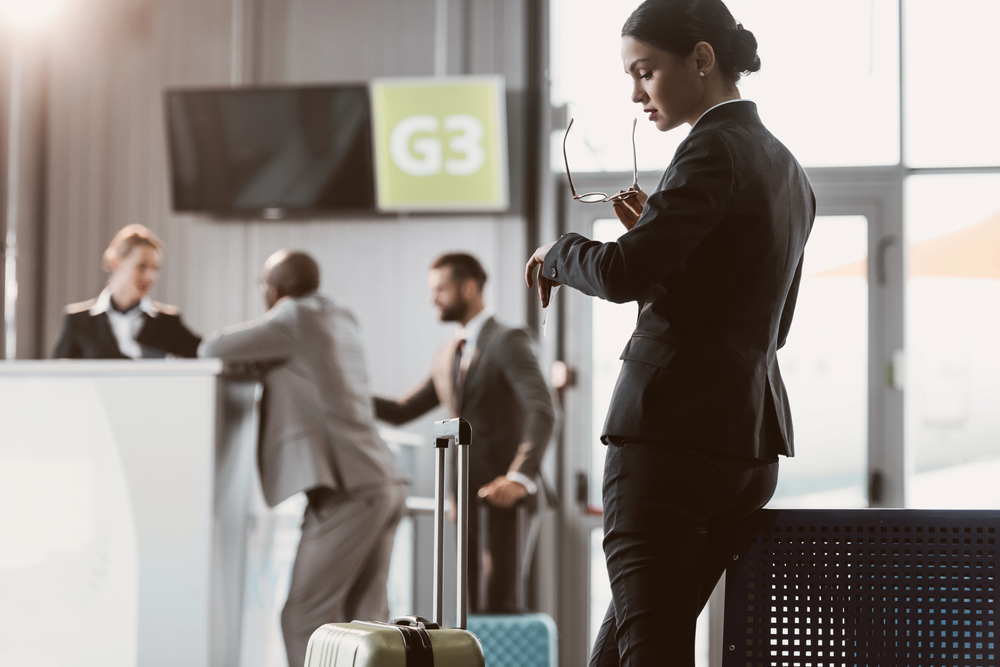
Some airports have significantly better security setups than others, with more lanes, better technology, and more efficient processes. If you have connecting flights or airport choices, research which terminals or airports in your area typically have shorter wait times. A 20-minute drive to a different airport might save you an hour in security lines.
Consider Curbside Check-In
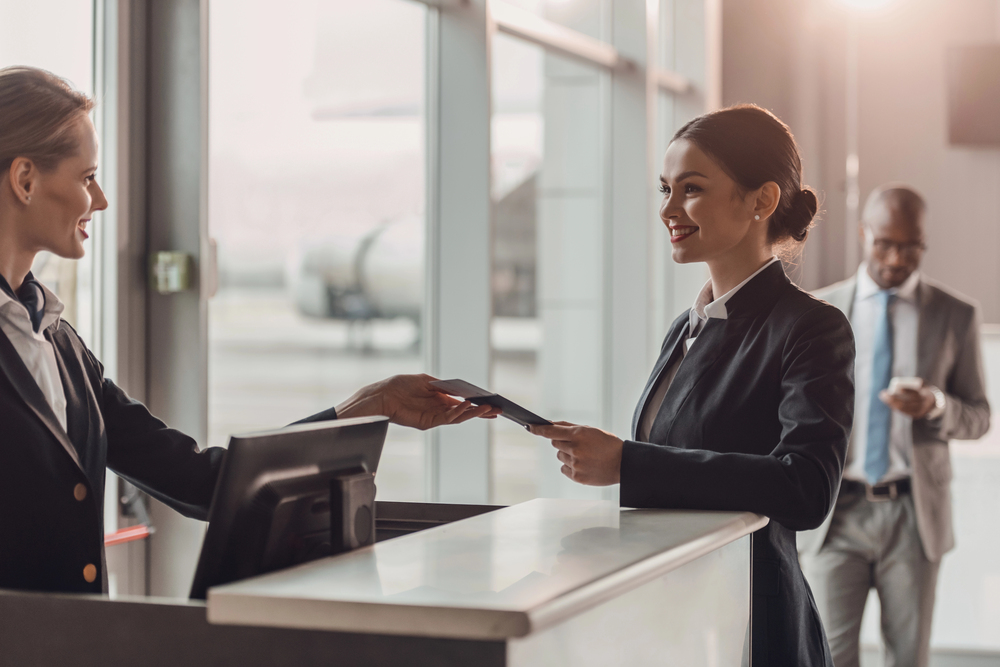
Checking bags curbside eliminates the need to carry them through security and reduces the number of items you need to manage at checkpoints. This service usually costs around $3-5 per bag, but it can speed up your entire airport experience. Plus, you’ll have less to carry and fewer bins to manage at security.
Like Travel Pug’s content? Follow us on MSN.
Arrive at Optimal Times
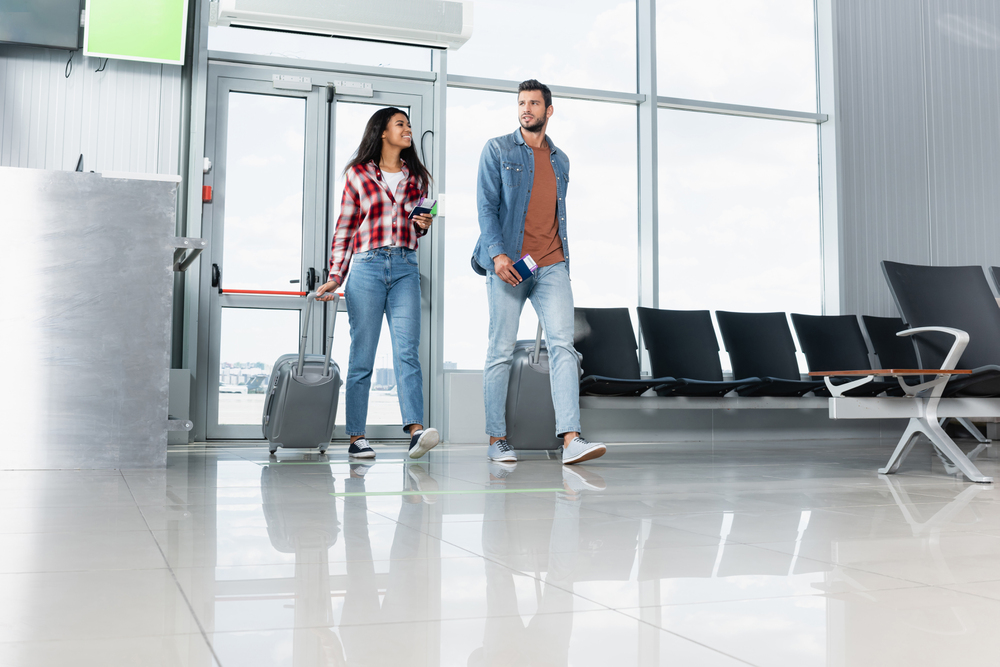
Most security experts recommend arriving two hours early for domestic flights and three hours for international flights, but these are conservative estimates. Check your specific airport’s historical wait times online or through apps that track security delays. Some airports publish real-time security wait estimates that help you plan your arrival more precisely.
Use Airport Security Apps
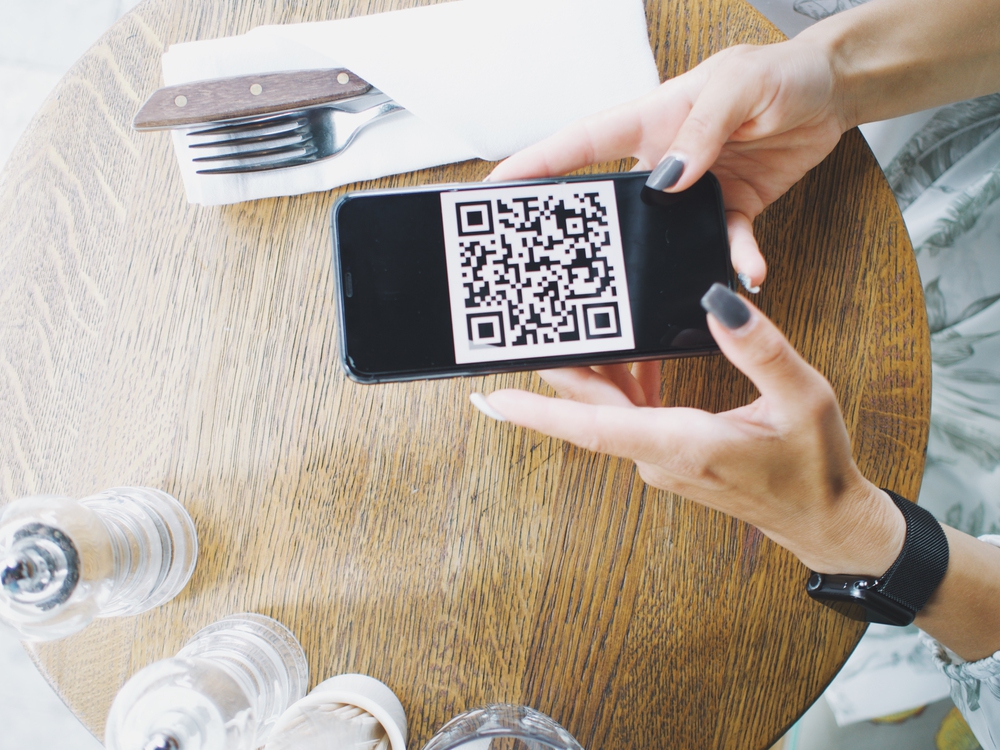
Several apps track security wait times at major airports, providing you with real-time information about which checkpoints are moving the fastest. These apps crowdsource data from other travelers, so you can see whether Terminal A or Terminal B has shorter lines before you even leave home. Knowledge is power when it comes to avoiding crowds.
From Chaos to Efficiency
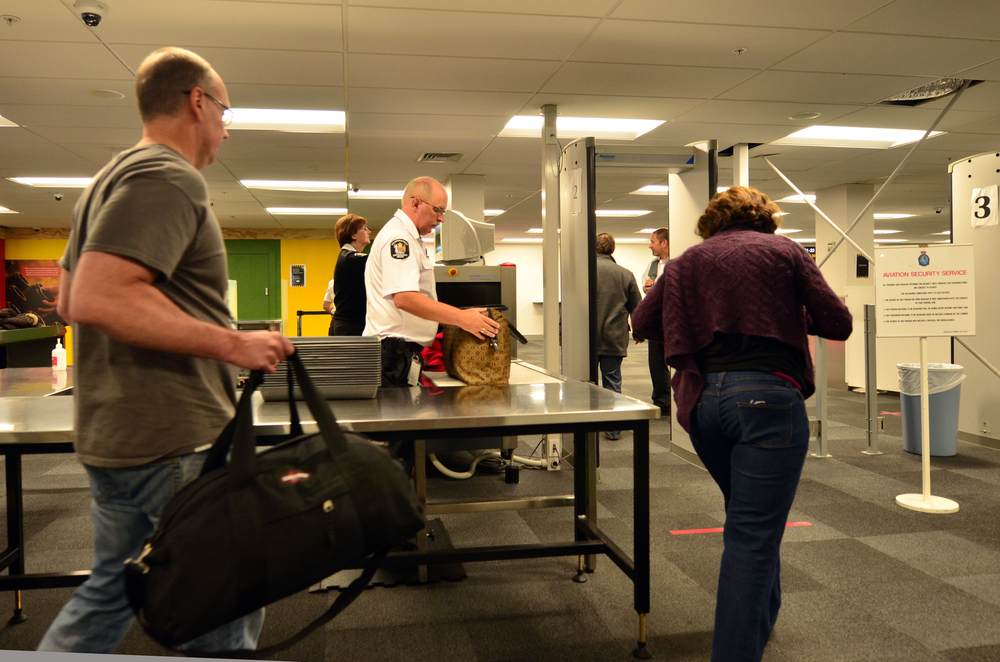
Airport security has evolved dramatically since its early days of basic metal detectors and manual bag checks. What once took just minutes now involves sophisticated scanners, detailed liquid restrictions, and multiple verification steps designed to keep millions of travelers safe every day.
The travelers who move through this system fastest are those who understand that security checkpoints operate like well-oiled machines — they work best when everyone knows their role and comes prepared. By treating security preparation as part of your travel routine rather than an inconvenient obstacle, you transform a potentially stressful experience into just another smooth step toward your destination.
More from Travel Pug

- 20 Best Beach Towns in the Carolinas
- 13 Destinations Where Tourists Regularly Regret Their Trip
- 20 Things You Actually Get in First Class
- 20 Small Airports With Aviation Museums
- 20 Places in the U.S. That Are Perfect for a Reset Trip
Like Travel Pug’s content? Follow us on MSN.
